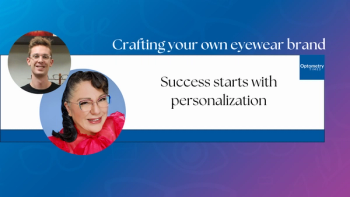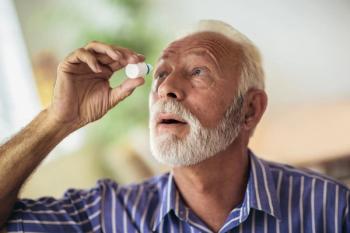
SECO 2025: A novel gel may work better than punctal plugs for lacrimal occlusion
The gel was investigated in a case series, which was presented in a poster at SECO 2025.
Mile Brujic, OD, FAAO, a partner at Premier Vision Group, a two-location practice in Northwest Ohio, recently presented findings at SECO 2025 in Atlanta, Georgia, regarding a novel gel for lacrimal occlusion. His study focused on a case series involving patients undergoing various treatment strategies for dry eye, which typically included pharmaceutical interventions and advanced procedures.
A key component of the treatment in these patients was the use of intracanalicular dissolvable plugs, which are traditionally rod-shaped and designed to last about six months. However, a new innovation—a gel made of sodium hyaluronate—has emerged as a potential alternative for filling the lacrimal system more comprehensively. Brujic was interested in evaluating whether this novel gel would yield different clinical outcomes compared to the traditional rod-shaped plugs.
His study examined three patients and assessed their response to the gel treatment. The results were unexpected and promising. Patients showed significant improvements in corneal staining, which indicates healthier ocular surfaces. Additionally, their SPEED (Standard Patient Evaluation of Eye Dryness) scores improved, suggesting a noticeable reduction in dry eye symptoms. Even more compelling was the observed decrease in inflammatory markers, highlighting the potential of this new gel in not only managing symptoms but also addressing underlying inflammation associated with dry eye disease.
Brujic's findings suggest that sodium hyaluronate gel could be a groundbreaking addition to current dry eye treatment strategies. Its ability to improve key clinical metrics offers a promising new option for eye care professionals seeking more effective ways to manage this chronic condition. The study highlights the importance of continued innovation in dry eye treatment and opens the door for further research into the benefits of this novel approach.
Newsletter
Want more insights like this? Subscribe to Optometry Times and get clinical pearls and practice tips delivered straight to your inbox.
















































.png)


